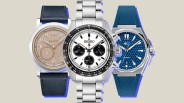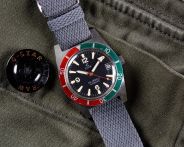“If there’s anything I want to give to this industry, it’s an appreciation of how things are made.”
Ian Schon is talking about the pen and watch industries. As a product designer and engineer, he’s palpably passionate about the challenge of making usable, everyday objects, from initial design through to a finished, high-quality and long-lasting product.
Transplanted from Boston, he does this as a mostly one-man operation out of a rented studio in the gritty Philadelphia neighborhood of Fishtown. Appropriately describing his products as handmade, he’s careful to maintain transparency about what he does and doesn’t do — he knows that the enthusiast communities he serves are sensitive about this.
[composite mediaId=’eb0073e8-dbf9-4df3-b09b-45cc0f96c10b’][/composite]
While he’s clear about using sourced watch movements and pen nibs, the extent to which his products are made “in-house” is rare. Even major watch companies often source cases, dials and hands, but these are all individually milled and finished for Schon watches by Ian himself. Starting at around $5,400 for a watch or $70 for a ballpoint pen, he offers not only a rare level of vertically integrated craftsmanship but also his unique artistic vision.
Personable and animated, Ian Schon took time away from running every aspect of his businesses, Schon Horology for watches and Schon Dsgn for pens, to tell Gear Patrol what it’s like to run a one-man shop.
Editor’s Note: the following interview has been edited for length and clarity.
Q. How would you describe your business and products to someone you had just met?
A. When people ask me about my brand, I tell them “you’re looking at it.” It’s a guy who makes stuff. All the stuff I make is stuff that I love, because I love having things that are made by people I know or by companies that I have an intimate connection with.
I make pens and watches because these are objects that are very personal to me. At one point in time I set out to make one watch and just make one pen for myself and move on with my life as a product designer and engineer.
“I take metal and make it into smaller, more interesting metal.”
The extension of that is that there are people out there who also want things made by a person that they know and they want them to have a certain level of craft and quality, and I hope to provide that. So when people ask me to describe my work, it’s like, “well, I go into my workshop, I make things, and I sell them.”
The things that I make are handmade, but I have to be careful about the caveats around what that means because I don’t make watch movements or ink and tips for fountain pens. As you know, it’s very important to talk about origins in the watch industry in order not to deceive the customer.
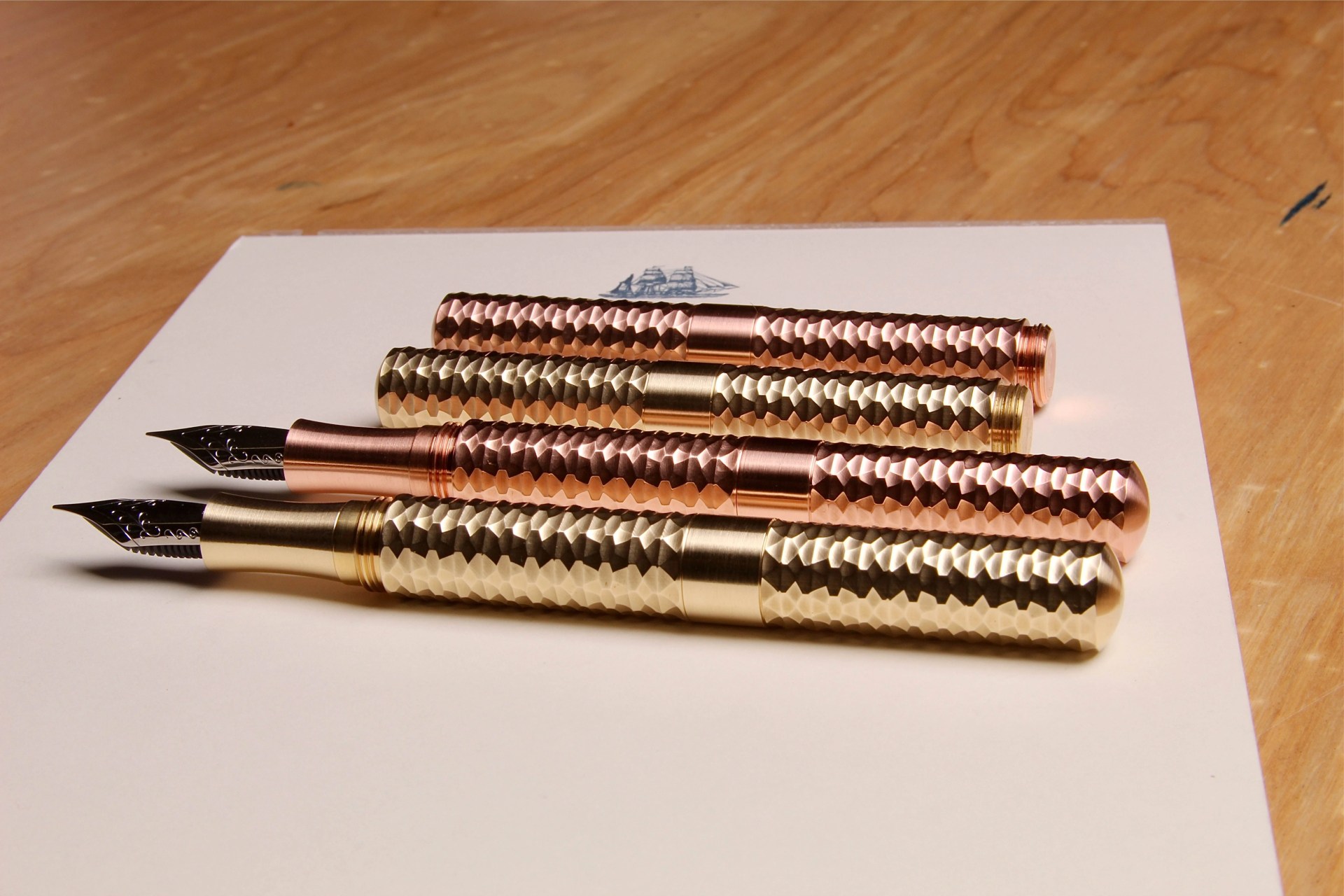
Q. Which came first: the pens or the watches? Did one lead to the other?
A. The pens came first. I started making pens in 2010 because as a designer I wanted to make everyday objects that I use and that anyone can use, and to show my perspective on how I thought those objects should be created and designed.
How they’re made and how they interact with the user are very important facets in my work. So I wanted to apply that to watches, and I started working on watches in 2012. At first I was helping manufacture cases for other brands, but the first watch that I finished was in 2015. I had developed a process over a couple years of machining watch cases in my apartment.
Not many people realize how uncommon it is that a small watch company manufactures its own cases because there’s a substantial amount of machining involved. The manufacturing process using simple tools is inspirational, and I want others to be inspired by that. I initially manufactured my own cases, my own hands, my own dials… I made crowns but I stopped because no one cared, which was a little disheartening.

Q. Yours isn’t the first company to branch out from pens and into watches — Italian companies in particular come to mind such as Montblanc, Montegrappa, and Visconti. What are the parallels between watches and pens? And have you found significant differences you didn’t expect?
A. When I got into watches, I got into the collecting sphere, joined RedBar and met a lot of incredible people through that group. Just like in watches, though, a lot of pen collectors focus on their own specific niches, and there wasn’t a lot of overlap between the two groups.
The biggest surprise going from pens to watches was the intensity of the interactions and that they were very monied. A number of watch customers would try to break me down on price as if they were breaking down a salesperson, even ordering products and then bailing.
That was really emotionally taxing and disheartening for me as an artist. So, honestly, I’ve struggled in the watch space, and I think it’s important for any young, talented individuals considering this field to know just what a tough space it is.
Q. Are you busy today? What are you working on?
A. Slammed. Right now, I’m working on a hammered pen, and that’s what I’ve been working on for the past month which you can see on the @Schon_Dsgn Instagram. They have close to 890 textured cuts per piece, each cut individually — it’s pretty wild.
It’s fun because every single time I make a new design or variant, I really push myself to understand a new method or a new process. So I ask myself, how do I do this just a little bit better? How do I master these cuts in a way that I haven’t before? How do I program this better or finish it better? How do I design a more pleasurable product to use?
In between doing that today, I’m also setting up another machine to do some more fountain pens. While I’m running production on one machine, I’m setting up another because all the machines in my workshop need to be set up to run different parts.
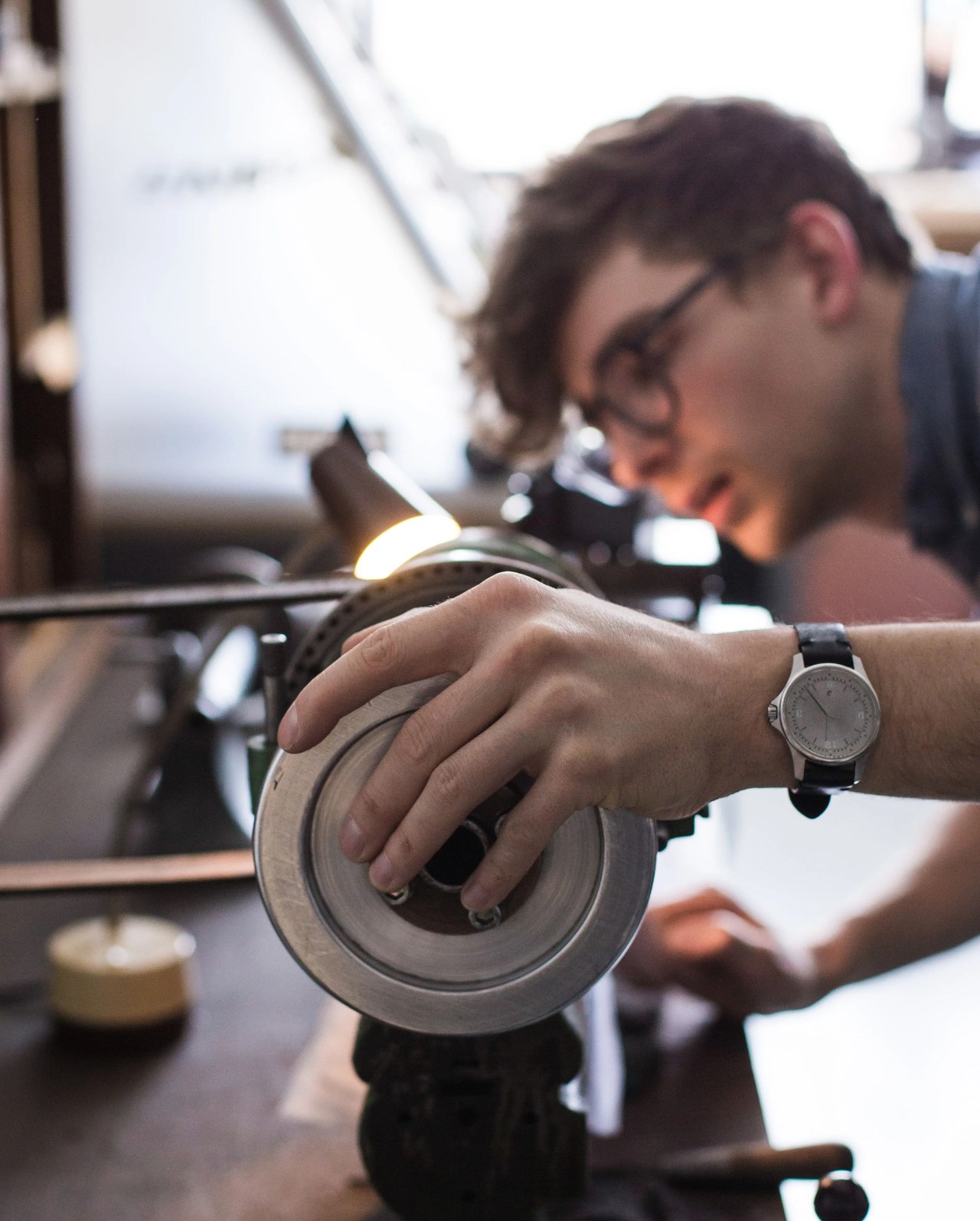 Schon Horology
Schon HorologyQ. You produce both watches and pens under different brand names, but under the same roof. What’s the size of your operation in terms of employees and production?
A. In terms of size: 2,600 square foot manufacturing space. In terms of employees, I have one person who works part-time assisting me with the pen side of the business, helping me assemble and polish parts. And then I do everything else: I manufacture, clean, take the trash out, polish the pens, the invoicing, the marketing, the photography … Keeping it small is the goal.
I’m not the best manager in the world, I’ll be honest, and I don’t want the stress of supporting an organization. What I am good at is designing and manufacturing things from start to finish, and I’ve built tools and a space where I can just make great stuff. Moving to this space here in Philadelphia where I have room for big machines and can dive deeper into my craft has just been the best decision I’ve ever made.
In terms of production numbers, at the peak of my watch manufacturing I made 18 watches in a year. That was 2017, and I was all in, hustling, traveling to Japan, going to big trade shows in the US…Now, the focus is more on pens, and I produce over 1,000 pens a year.
Q. What components do you currently source that you would prefer to eventually produce yourself? What equipment, facilities or skills would you need to acquire in order to achieve that?
A. In January, I made the investment in another machine that I would need to produce nibs for fountain pens myself. Currently, I buy nibs from a German manufacturer, but I’m hoping to launch a new fountain pen product by early next year.
It’ll be fully in-house from the nib to the feed to the body. If my hypotheses are correct, I should be producing my own fountain pen nibs and feeds within the next six months. It’s been a really long journey, but it’s way easier than manufacturing a watch movement.
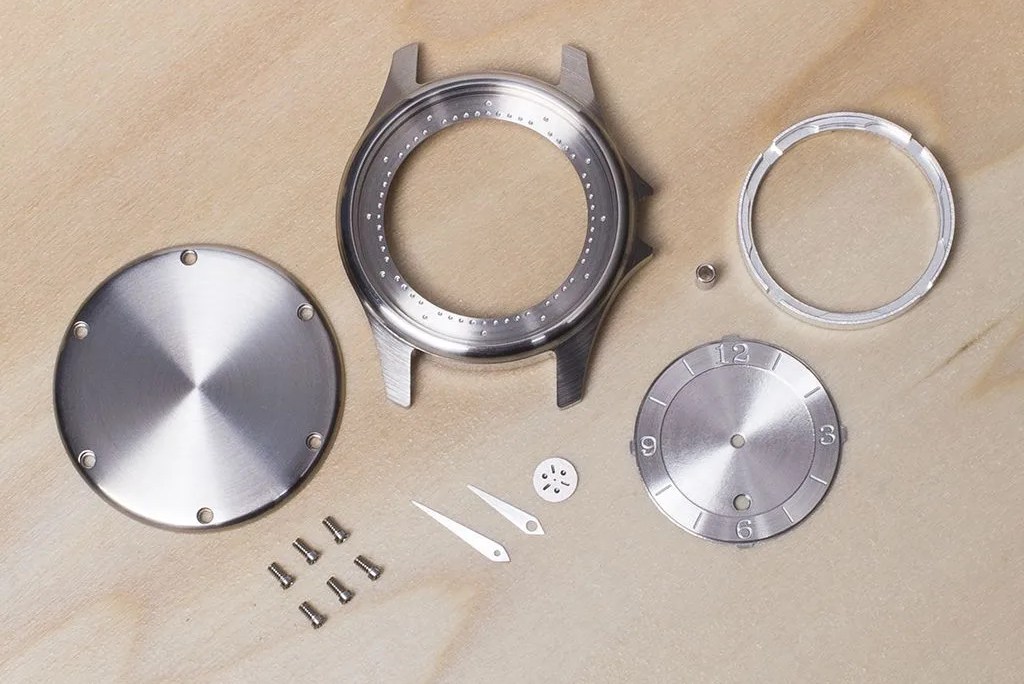
Q. What other products or projects interest you? Can we expect other Schon products in the future?
A. I have an architectural hardware fetish — in the same sense that watch collecting is a fetish. I love really nice doorknobs and handles and drawer pulls, so I bought a bigger machine earlier this year and it’s going to help me make some architectural hardware.
One day when I buy a home, I hope to make all the knobs in it, all the pulls for all the drawers! It might be one of those things that I do for myself, like I did with my first pen and first watch, or it might become another company.
I know architectural hardware isn’t the most sexy thing to talk about, but for me it’s another fascinating facet of the things I surround myself with on a daily basis.
Q. How do materials factor into the types of products you want to make?
A. As a watch brand, I want to be innovative. I don’t want to be traditional, making watches with only hand tools — no, I want to use advanced materials and CNC machines. There are a lot of people doing great work with a traditional approach to horology, but what I have to contribute is something different.
I think I’m going to be doing a lot more crystalized titanium in the future because it’s really unique and it makes me happy every time I make a product with it. This material is weird, it’s funky and it’s thought-provoking.
Crystalized titanium cannot be polished because it’s only a treatment on the surface of the titanium, so it plays into this area of collecting right now which is about not refinishing the work — like the way unpolished watches are sought-after in the vintage space. So that means the original geometry will be preserved down the road even after I’m gone, and my vision will be unchanged for the watch’s life.
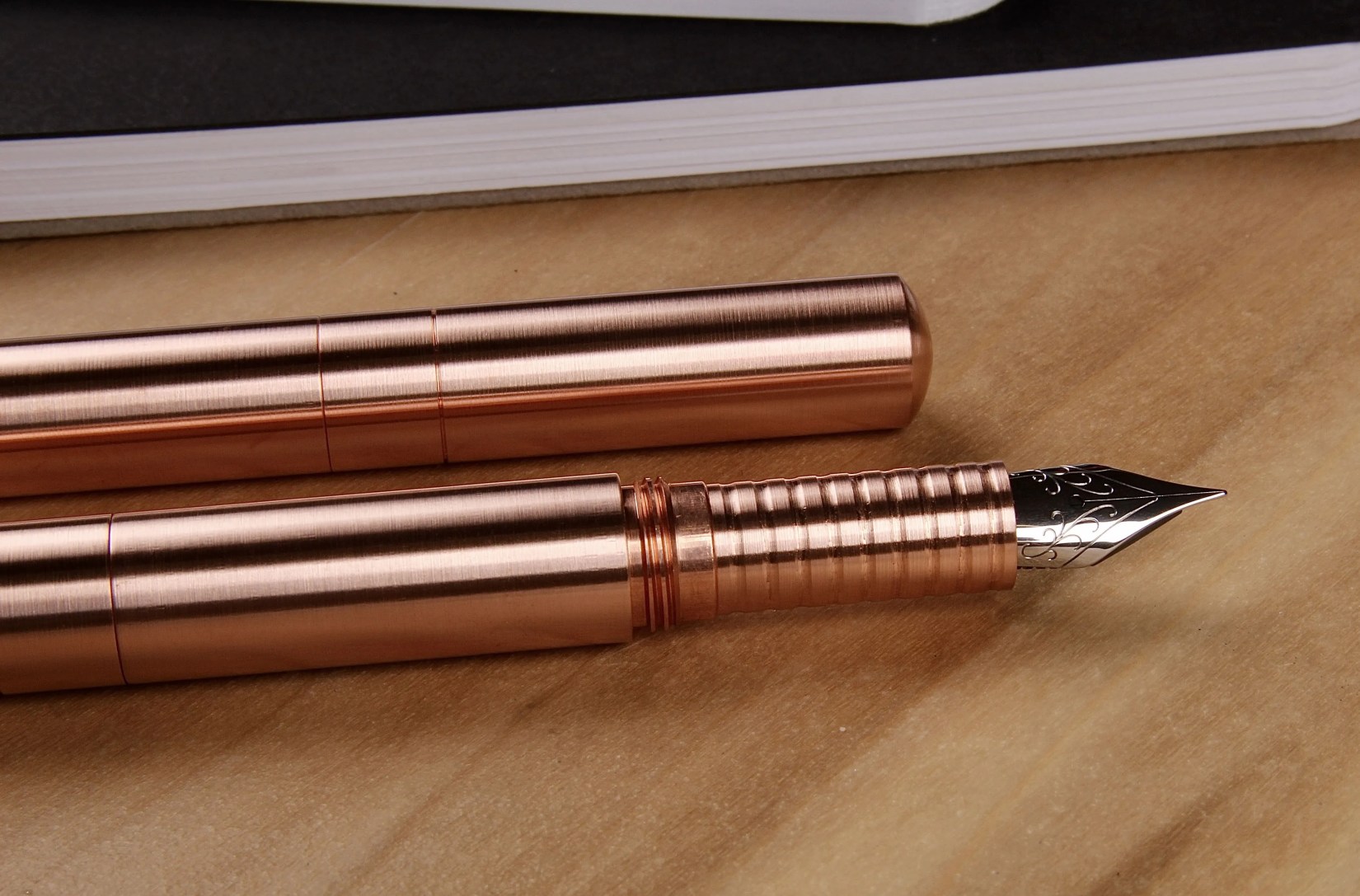 Schon DSGN
Schon DSGNQ. Why is it important to make every component and handle every part of the business yourself?
A. I don’t want to be separated from the work, and that’s why I don’t have people helping me. It’s a lot of hand-work on the dials and cases and hands, so that intimacy with the material and meeting the customer closes the circle. I can say here’s where I put the time in, and here’s where it shows. That’s what makes me excited to keep doing it.
I’ve never sold a watch to anyone I haven’t talked to at length, and it’s very rewarding for me to know the people who have my work, who have invested in me as an artist. That’s really important and a big piece of the puzzle for me.
If there’s anything I want to give to this industry, it’s an appreciation of how things are made. The impression I want to leave with people is that I’m a maker wants to be honest and transparent and just make great craft. That’s who I am: I take metal and make it into smaller, more interesting metal.

